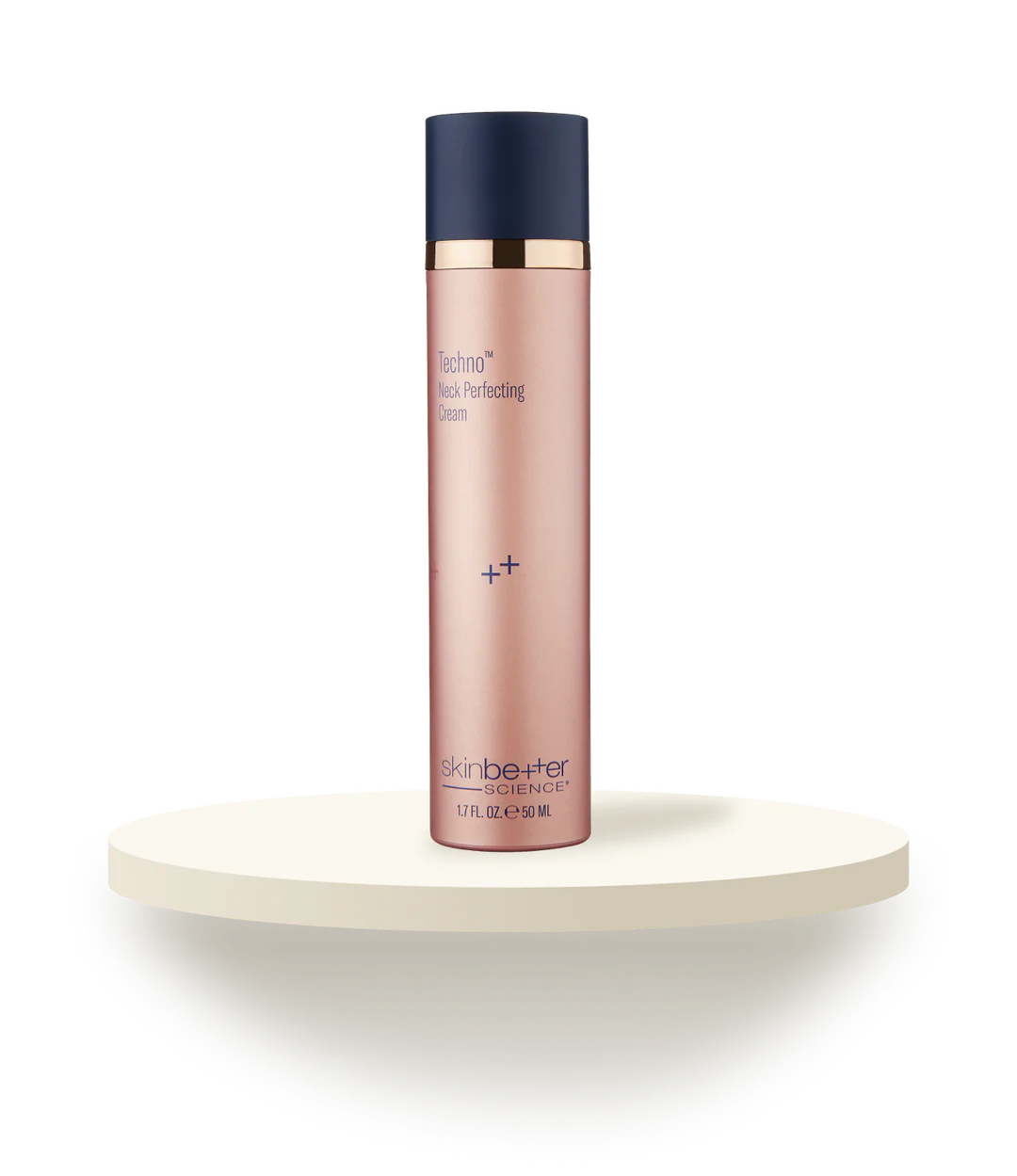Rosacea
If you’re tired of having persistent facial redness across your cheeks and nose, perhaps it’s time to consider calling in the professionals.
We all hate breakouts. But what if your skincare routine and skincare products cannot control the redness and pustules that persistently form across your facial skin? For many, rosacea symptoms and rosacea flares are a constant source of frustration. Rosacea is a common skin condition causing facial redness with repeated flare-ups. While it cannot be cured, it can definitely be effectively managed.
Rosacea is a common skin condition causing facial redness, with or without pustules, across the facial skin of the cheeks and nose. The redness in this skin disease is caused by dilated blood vessels close to the skin surface. The pustules — often confused with acne — result from chronic inflammation of the skin and blood vessels in the areas where the rosacea occurs.
In its most severe form, rosacea can cause the formation of rhinophyma or a bulbous nose. This only occurs in severe rosacea cases lasting multiple years, and is significantly more common in men.
While the exact cause is unknown, rosacea can be correlated to family history, diet (especially hot drinks and spicy foods), exercise, alcohol, smoking, medications, emotional situations, changes in temperature, and cosmetic products.
It is most commonly seen in middle-aged women with fair skin, however, it can affect individuals of any age, ethnicity, or gender. Not all cases of rosacea are permanent, and some will spontaneously self resolve. There is no single rosacea treatment or ‘cure.’
Within the umbrella term ‘rosacea’ there are a few distinctions between the different variations of symptom appearance and distribution. The American Academy of Dermatology has categorized the four types of rosacea as follows:
Rosacea is not curable, but it is manageable. For light-skinned men and women whose symptoms may be more easily noticed, pursuing at-home and professional treatment can be very effective. In more severe forms of rosacea, seeking treatment can mitigate severity and help prevent long term issues. Regardless of the underlying cause, treatment for rosacea can be a liberating and empowering choice.
Given how common the condition is, there are a myriad of treatment options ranging from DIYs to professional interventions. An excellent first step in managing rosacea is to identify your triggers. Spicy foods, alcohol, hot baths, and certain personal care products can all contribute to the appearance of rosacea and are easily modifiable. If at-home treatments are not successful, consultation with your medical provider can help determine exactly what is causing your symptoms and the best course of treatment.
For more information on the treatment options outlined above, check out our guide to Rosacea Solutions.
